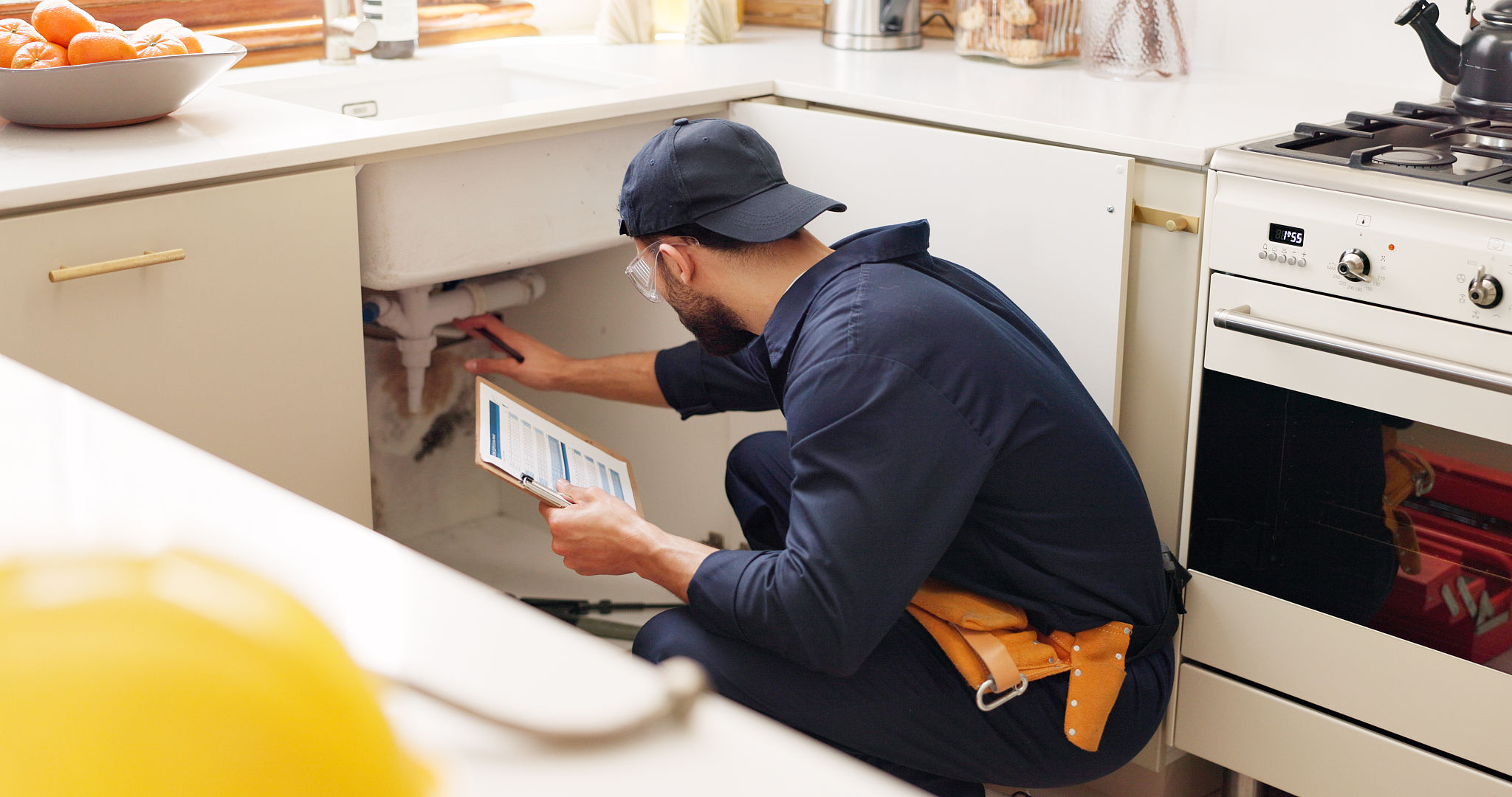DIY Home Inspection Tips: What You Can Do Before the Professionals Arrive
Understanding the Importance of a DIY Home Inspection
Before the professionals arrive to conduct a home inspection, it's beneficial to perform a preliminary check yourself. A DIY inspection can help you identify obvious issues that might need attention and ensure your home is in its best condition. This preliminary step can potentially save you time and money by addressing minor issues before they become major problems.

Creating a Checklist
Start by creating a comprehensive checklist that covers all critical areas of your home. This list should include structural components, electrical systems, plumbing, roofing, and insulation. Having a structured approach ensures that you do not overlook any important aspects during your inspection.
- Check for visible cracks in the foundation and walls.
- Examine the roof for missing or damaged shingles.
- Inspect windows and doors for proper sealing and functionality.
Inspecting the Exterior
The exterior of your home is your first line of defense against the elements. Begin by examining the siding for any signs of damage or wear. Pay close attention to gutters and downspouts to ensure they are clear of debris and functioning correctly. Additionally, check the condition of the paint or finish on your home’s exterior surfaces.

Evaluating the Interior
Inside your home, start with the ceilings and walls, looking for stains or discoloration that could indicate water damage. Listen for unusual sounds in the plumbing system, such as banging or whistling, which could suggest underlying issues. Also, test light switches and electrical outlets to ensure they are in working order.
Checking Heating and Cooling Systems
Your HVAC system is crucial for maintaining comfort in your home. Make sure the filters are clean and that there are no obvious blockages in vents or ducts. Turn on your heating and cooling systems to verify they are operating efficiently and without unusual noises.

Looking Out for Pest Infestations
Pests can cause significant damage if left unchecked. Look for signs of infestation such as droppings, chewed wires, or small holes in walls and floors. Pay special attention to areas like basements, attics, and crawl spaces where pests are more likely to hide.
Documenting Your Findings
As you go through your inspection, take detailed notes and photographs of any issues you encounter. This documentation will be invaluable when discussing potential repairs with professionals. It also provides a reference point for future inspections.
Preparing for the Professional Inspection
Once you've completed your DIY inspection, you’ll be better prepared for when the professionals arrive. You can share your findings with them, which can help streamline their process and ensure nothing is overlooked. By doing your homework, you're taking an active role in maintaining the quality and safety of your home.

